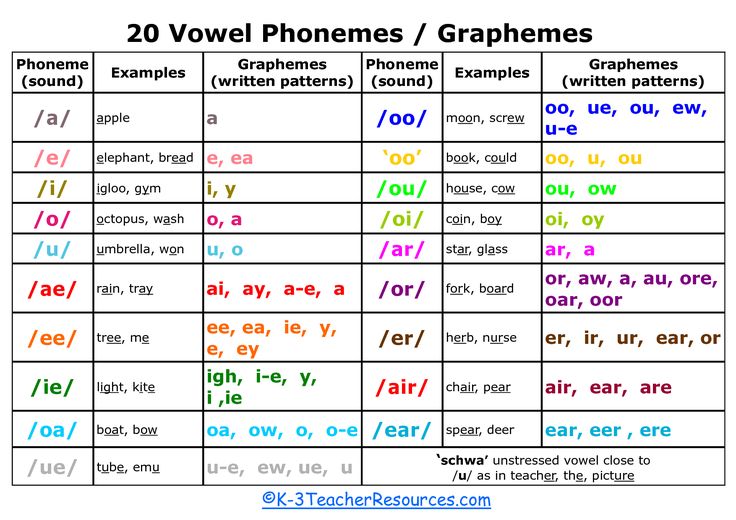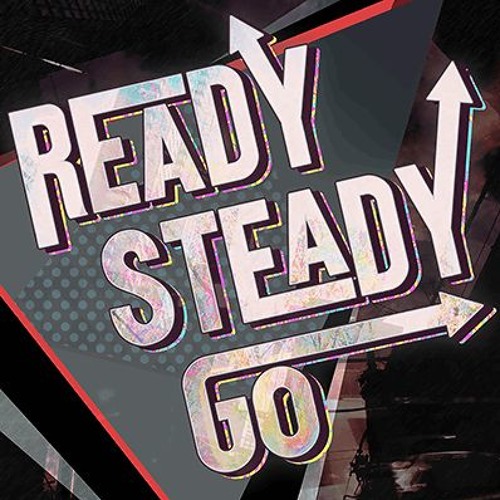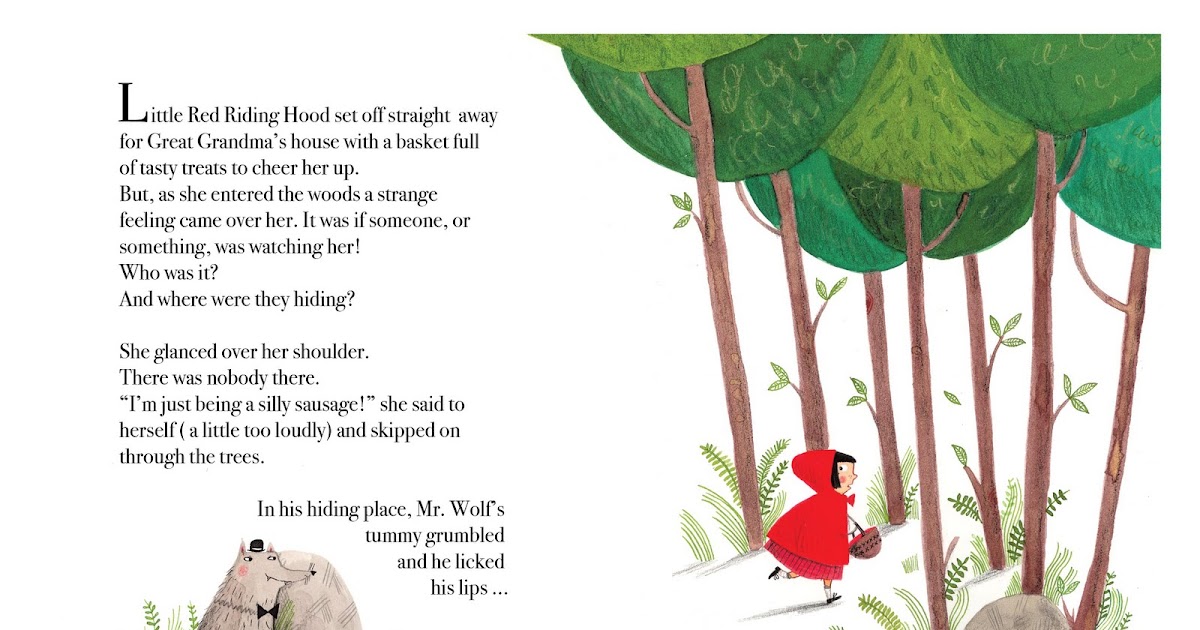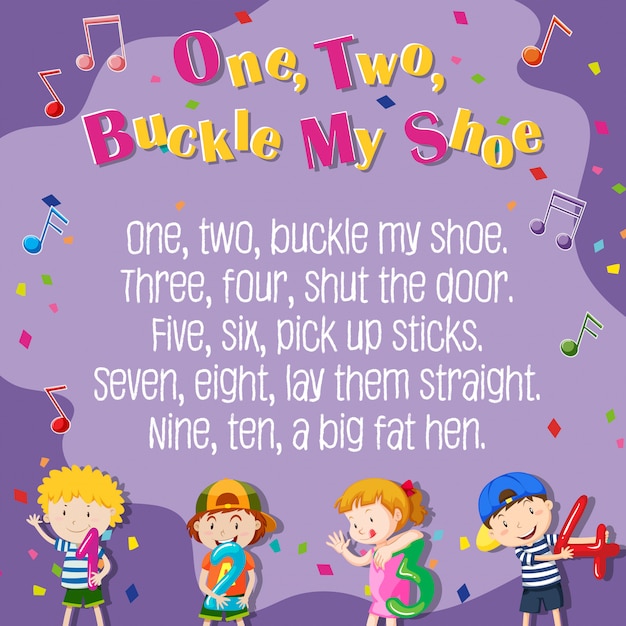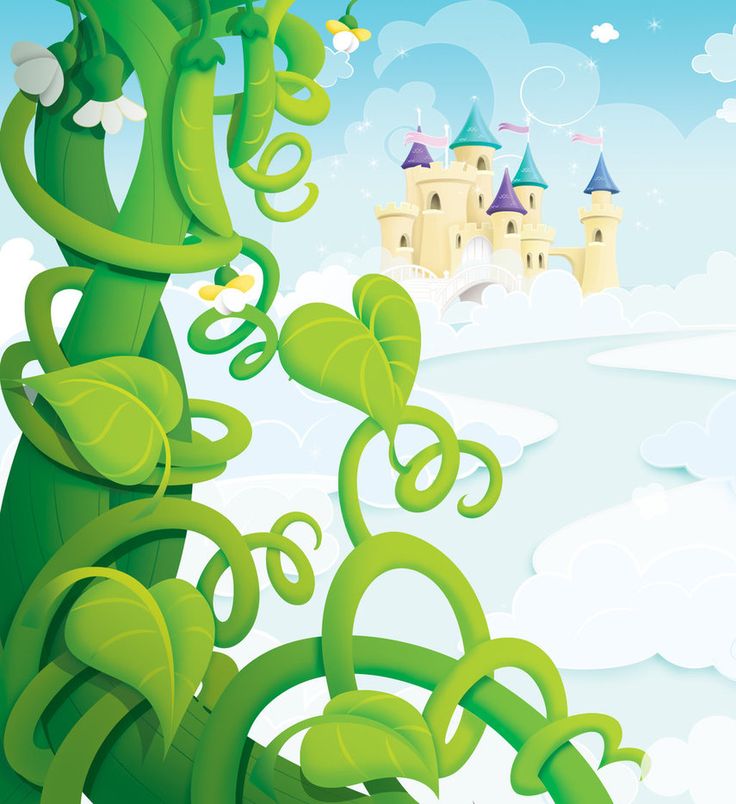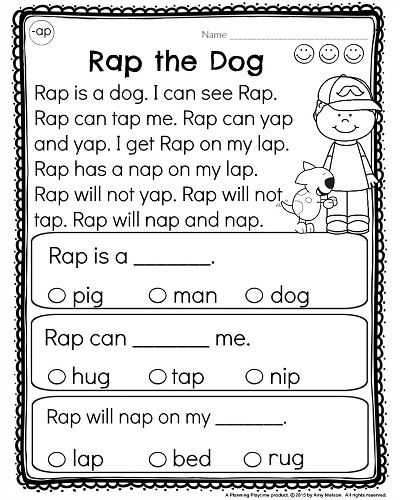What are letter sounds
What is a letter sound?
By the end of EYFS your child should know the sound each letter makes. Find out how your child will be taught letter sounds in school and how you can support learning at home.
or Register to add to your saved resources
What is a letter sound?
Teachers often talk about children knowing their letter sounds. This literally means that when a child sees a letter, they are able to say what sound it makes.
By the end of Reception, children should be able to make the correct sound for each letter of the alphabet. They should know each letter in both its small and capital form.
Your phonics support kit
- Step-by-step phonics programme
- Your guide to phonics
- Worksheets & games
Download FREE resources today
Foundation Stage teachers usually have all the letters of the alphabet on display in the classroom, along with pictures of objects that begin with each letter. Some schools follow a teaching programme that involves learning a song for each letter of the alphabet.
Teachers will carry out various activities with the children to help them learn their letter sounds:
- Collecting or grouping pictures of objects that all start with a particular letter. A child may be given a piece of paper with the letter 'T' on it, then asked to look through a box full of pictures, picking out the pictures of objects that start with a 't'. They may be asked to look for objects at home starting with a certain letter.
- Singing alphabet songs to encourage children to match a spoken sound with a written letter. A really good one is 'If you're happy and you know it' which can be adapted to any letter of the alphabet. For example: if you are learning the letter 'y' you can sing: 'If you're happy and you know it, yawn like me'. This could be accompanied by the teacher pointing to the letter 'y' on the board and the children miming yawning.
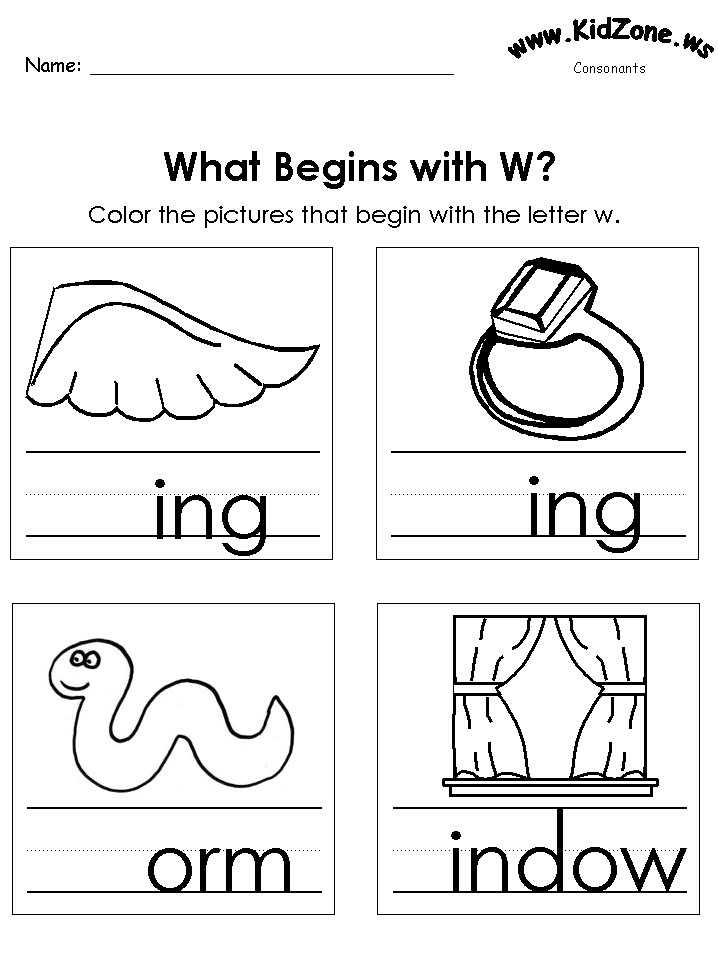
- Some teachers may have large models of letters that they can play whole class games with, for example: they may get the children to sit in a circle and then put various objects in the middle. They may choose one child to hold a letter and then see if they can pick out the object in the middle that starts with that letter.
- Activities on the computer that involve children hearing letter sounds and picking them from a list, or being given a picture and being asked to choose the letter that object starts with.
Once children have learnt their letter sounds they will then start to write the letters themselves. Teachers may carry out the following activities to support this learning:
- Encouraging children to write a certain letter with their finger in a sand tray. This can be a good activity to do with children before you encourage them to pick up a pen and start writing. It can also be good for children who find gripping a pen difficult.
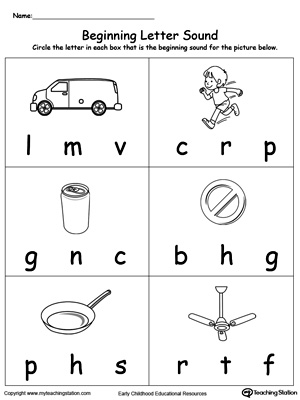
- Giving children a lined piece of paper or lined mini-whiteboard with a particular letter written on it. Children need to copy the letter a few times, making sure they are forming it correctly and keeping it on the line.
Literacy Instruction for Individuals with Autism, Cerebral Palsy, Down Syndrome, and Other Disabilities
What are letter-sound correspondences?
Letter-sound correspondences involve knowledge of
- the sounds represented by the letters of the alphabet
- the letters used to represent the sounds
Top
Why is knowledge of letter-sound correspondences important?
Knowledge of letter-sound correspondences is essential in reading and writing
- In order to read a word:
- the learner must recognize the letters in the word and associate each letter with its sound
- In order to write or type a word:
- the learner must break the word into its component sounds and know the letters that represent these sounds.
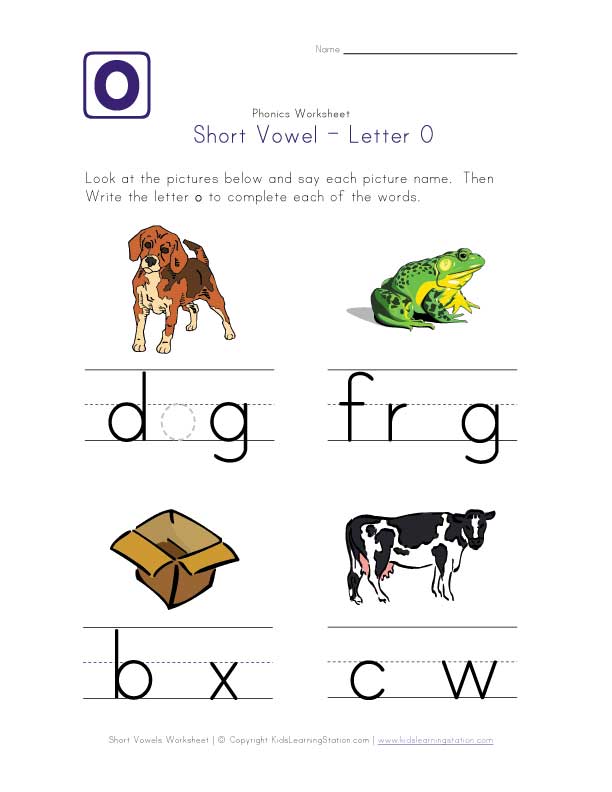
- the learner must break the word into its component sounds and know the letters that represent these sounds.
Knowledge of letter-sound correspondences and phonological awareness skills are the basic building blocks of literacy learning.
These skills are strong predictors of how well students learn to read.
Top
What sequence should be used to teach letter-sound correspondence?
Letter-sound correspondences should be taught one at a time. As soon as the learner acquires one letter sound correspondence, introduce a new one.
We suggest teaching the letters and sounds in this sequence
- a, m, t, p, o, n, c, d, u, s, g, h, i, f, b, l, e, r, w, k, x, v, y, z, j, q
This sequence was designed to help learners start reading as soon as possible
- Letters that occur frequently in simple words (e.g., a, m, t) are taught first.
- Letters that look similar and have similar sounds (b and d) are separated in the instructional sequence to avoid confusion.
- Short vowels are taught before long vowels.
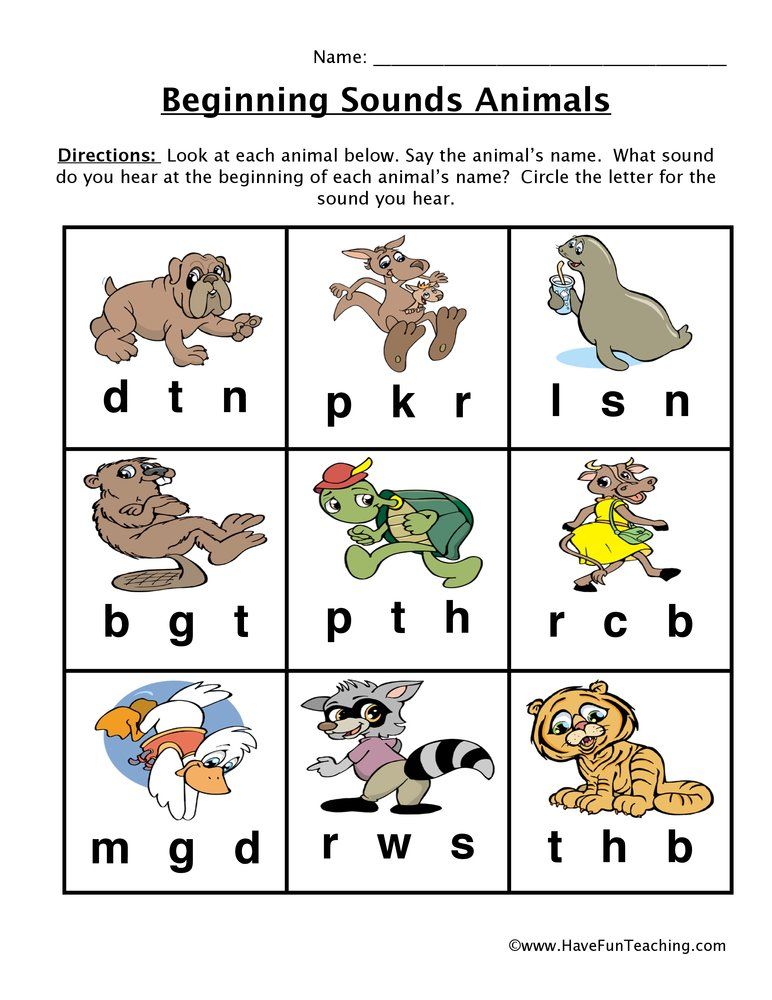
- Lower case letters are taught first since these occur more frequently than upper case letters.
The sequence is intended as a guideline. Modify the sequence as required to accommodate the learner’s
- prior knowledge
- interests
- hearing
Top
Is it appropriate to teach letter names as well as letter sounds?
Start by teaching the sounds of the letters, not their names. Knowing the names of letters is not necessary to read or write. Knowledge of letter names can interfere with successful decoding.
- For example, the learner looks at a word and thinks of the names of the letters instead of the sounds.
Top
Sample goal for instruction in letter-sound correspondences
The learner will
- listen to a target sound presented orally
- identify the letter that represents the sound
- select the appropriate letter from a group of letter cards, an alphabet board, or a keyboard with at least 80% accuracy
Top
Instructional Task
Here is an example of instruction to teach letter-sound correspondences
- The instructor
- introduces the new letter and its sound
- shows a card with the letter m and says the sound “mmmm”
After practice with this letter sound, the instructor provides review
- The instructor
- says a letter sound
- The learner
- listens to the sound
- looks at each of the letters provided as response options
- selects the correct letter
- from a group of letter cards,
- from an alphabet board, or
- from a keyboard.
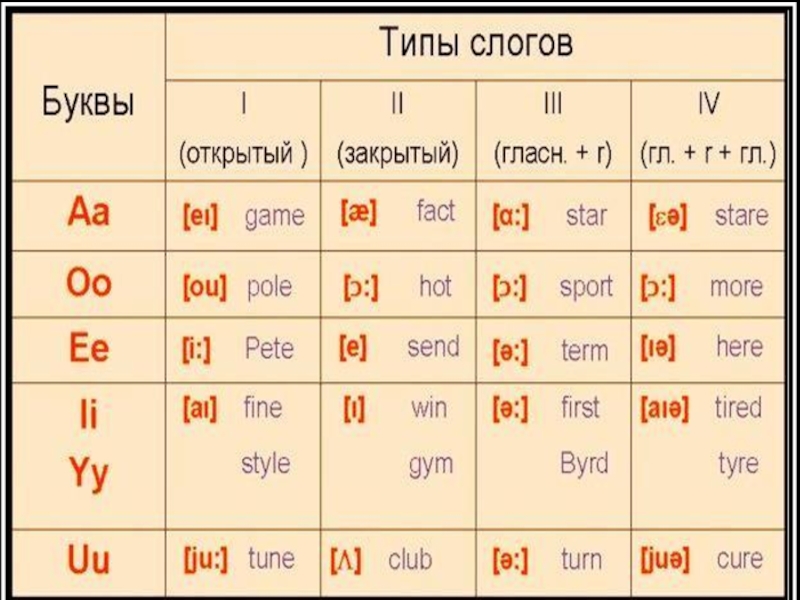
Top
Instructional Materials
Various materials can be used to teach letter-sound correspondences
- cards with lower case letters
- an alphabet board that includes lower case letters
- a keyboard adapted to include lower case letters
Here is an example of an adapted keyboard that might be used for instruction once a student knows many of the letter-sound correspondences.
The learner must
- listen to the target sound – “mmmm”
- select the letter – m – from the keyboard
Top
Instructional Procedure
The instructor teaches letter-sound correspondences using these procedures:
- Model
- The instructor demonstrates the letter-sound correspondence for the learner.
- Guided practice
- The instructor provides scaffolding support or prompting to help the learner match the letter and sound correctly.

- The instructor gradually fades this support as the learner develops competence.
- The instructor provides scaffolding support or prompting to help the learner match the letter and sound correctly.
- Independent practice
- The learner listens to the target sound and selects the letter independently.
- The instructor monitors the learner’s responses and provides appropriate feedback.
Top
Student Example
Krista is 8 years old in this video
- Krista has multiple challenges, including a hearing impairment, a visual impairment, and a motor impairment. She also has a tracheostomy.
- We started to work with Krista when she was 8 years old. At that time, she was in a special education class at school and was not receiving literacy instruction.
- She uses sign approximations to communicate with others. She also uses a computer with speech output (a Mercury with Speaking Dynamically Pro software). Because of her hearing impairment, she does best when she receives augmented input (sign and speech).
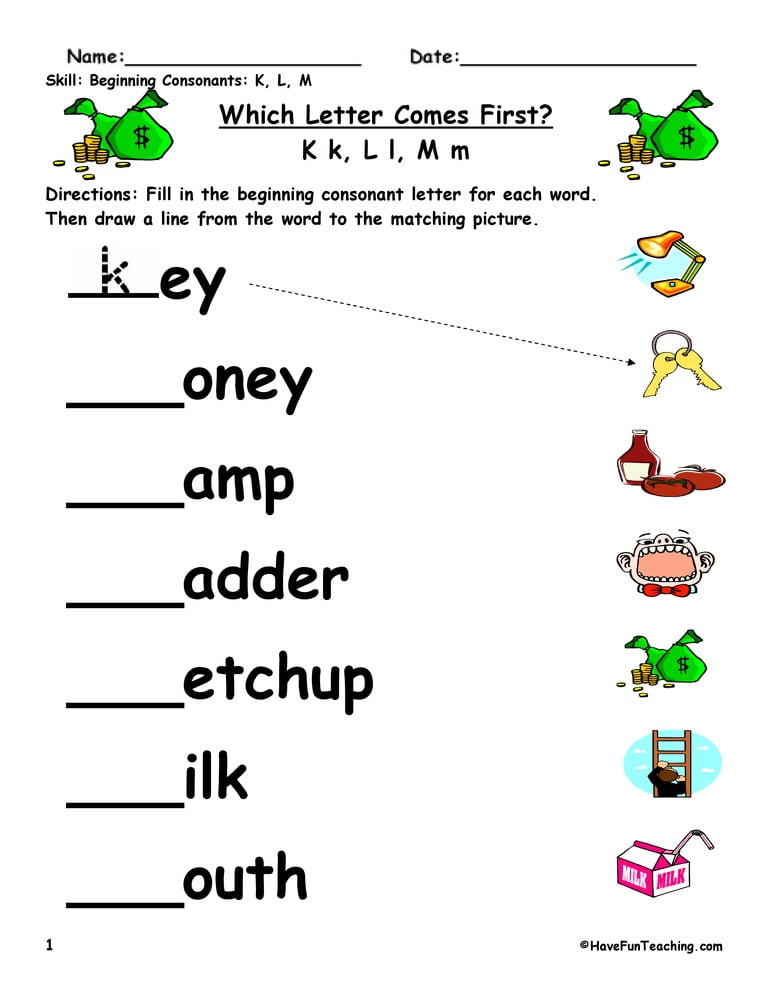
- This video was taken after 3 weeks of instruction.
- Krista is learning letter-sound correspondences. So far she has been introduced to the letter sounds for m and b
- Janice is providing instruction; Marissa, a graduate student at Penn State, is learning about literacy instruction and helping to collect data; and Krista’s parents and nurse are watching the session, excited about her progress.
- Janice
- provides an array of letter cards as response options
- says one of the target letter sounds
- Krista
- listens to the sound
- points to the letter that makes the target sound
- After 3 weeks (approximately 3 hours) of instruction, Krista has successfully learned the letter sounds – m and b.
- Over the next months, we introduced the other letter sounds gradually. We also worked on recognition of high interest sight words, decoding skills, and shared reading activities.
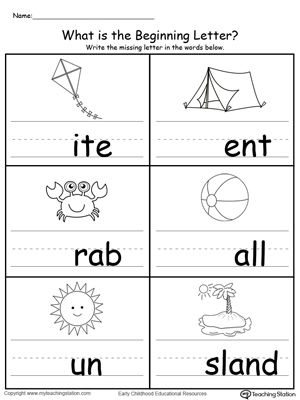
- Krista made excellent progress in all activities. Click to learn more about Krista’s success learning literacy skills despite the many challenges she faced.
Top
Pointers
There are a wide range of fonts. These fonts use different forms of letters, especially the letter a.
- Initially use a consistent font in all instructional materials
- Later, as the learner develops competence, introduce variations in font.
Top
Last Updated: February 19, 2019
Sounds and letters of the Russian language - scheme, table, transcription
Contents:
• What is sound?
• What sounds are there?
• How are sounds pronounced?
• Transcription of the word
• Color scheme
Sounds belong to the phonetics section. The study of sounds is included in any school curriculum in the Russian language. Acquaintance with sounds and their main characteristics occurs in the lower grades. A more detailed study of sounds with complex examples and nuances takes place in middle and high school. This page provides only basic knowledge of the sounds of the Russian language in a compressed form. If you need to study the device of the speech apparatus, the tonality of sounds, articulation, acoustic components and other aspects that are beyond the scope of the modern school curriculum, refer to specialized textbooks and textbooks on phonetics.
The study of sounds is included in any school curriculum in the Russian language. Acquaintance with sounds and their main characteristics occurs in the lower grades. A more detailed study of sounds with complex examples and nuances takes place in middle and high school. This page provides only basic knowledge of the sounds of the Russian language in a compressed form. If you need to study the device of the speech apparatus, the tonality of sounds, articulation, acoustic components and other aspects that are beyond the scope of the modern school curriculum, refer to specialized textbooks and textbooks on phonetics.
What is sound?
Sound, like words and sentences, is the basic unit of language. However, the sound does not express any meaning, but reflects the sound of the word. Thanks to this, we distinguish words from each other. Words differ in the number of sounds (port - sport, crow - funnel), set of sounds (lemon - estuary, cat - mouse), sequence of sounds (nose - dream, bush - knock) up to a complete mismatch of sounds (boat - boat, forest - park ).
What sounds are there?
In Russian, sounds are divided into vowels and consonants. There are 33 letters and 42 sounds in Russian: 6 vowels, 36 consonants, 2 letters (ь, ъ) do not indicate a sound. The discrepancy in the number of letters and sounds (not counting b and b) is due to the fact that there are 6 sounds for 10 vowels, 36 sounds for 21 consonants (if we take into account all combinations of consonant sounds deaf / voiced, soft / hard). On the letter, the sound is indicated in square brackets.
There are no sounds: [e], [e], [yu], [i], [b], [b], [g '], [w '], [c '], [th], [h ], [sch].
How are sounds pronounced?
We pronounce sounds while exhaling (only in the case of the interjection "a-a-a", expressing fear, the sound is pronounced while inhaling. ). The division of sounds into vowels and consonants is related to how a person pronounces them. Vowel sounds are pronounced by the voice due to the exhaled air passing through the tense vocal cords and freely exiting through the mouth. Consonant sounds consist of noise or a combination of voice and noise due to the fact that the exhaled air meets an obstacle in its path in the form of a bow or teeth. Vowel sounds are pronounced loudly, consonant sounds are muffled. A person is able to sing vowel sounds with his voice (exhaled air), raising or lowering the timbre. Consonant sounds cannot be sung, they are pronounced equally muffled. Hard and soft signs do not represent sounds. They cannot be pronounced as an independent sound. When pronouncing a word, they affect the consonant in front of them, make it soft or hard.
). The division of sounds into vowels and consonants is related to how a person pronounces them. Vowel sounds are pronounced by the voice due to the exhaled air passing through the tense vocal cords and freely exiting through the mouth. Consonant sounds consist of noise or a combination of voice and noise due to the fact that the exhaled air meets an obstacle in its path in the form of a bow or teeth. Vowel sounds are pronounced loudly, consonant sounds are muffled. A person is able to sing vowel sounds with his voice (exhaled air), raising or lowering the timbre. Consonant sounds cannot be sung, they are pronounced equally muffled. Hard and soft signs do not represent sounds. They cannot be pronounced as an independent sound. When pronouncing a word, they affect the consonant in front of them, make it soft or hard.
Transcription of a word
Transcription of a word is a recording of sounds in a word, that is, in fact, a record of how the word is pronounced correctly. Sounds are enclosed in square brackets. Compare: a is a letter, [a] is a sound. The softness of consonants is indicated by an apostrophe: p - letter, [p] - hard sound, [p '] - soft sound. Voiced and voiceless consonants are not marked in writing. The transcription of the word is written in square brackets. Examples: door → [dv'er '], thorn → [kal'uch'ka]. Sometimes stress is indicated in transcription - an apostrophe before a vowel stressed sound.
Compare: a is a letter, [a] is a sound. The softness of consonants is indicated by an apostrophe: p - letter, [p] - hard sound, [p '] - soft sound. Voiced and voiceless consonants are not marked in writing. The transcription of the word is written in square brackets. Examples: door → [dv'er '], thorn → [kal'uch'ka]. Sometimes stress is indicated in transcription - an apostrophe before a vowel stressed sound.
There is no clear correspondence between letters and sounds. In the Russian language, there are many cases of substitution of vowel sounds depending on the place of stress of a word, substitution of consonants or dropping out of consonant sounds in certain combinations. When compiling a transcription of a word, the rules of phonetics are taken into account.
Color scheme
In phonetic parsing, words are sometimes drawn with color schemes: letters are painted with different colors depending on what sound they mean. Colors reflect the phonetic characteristics of sounds and help you visualize how a word is pronounced and what sounds it consists of.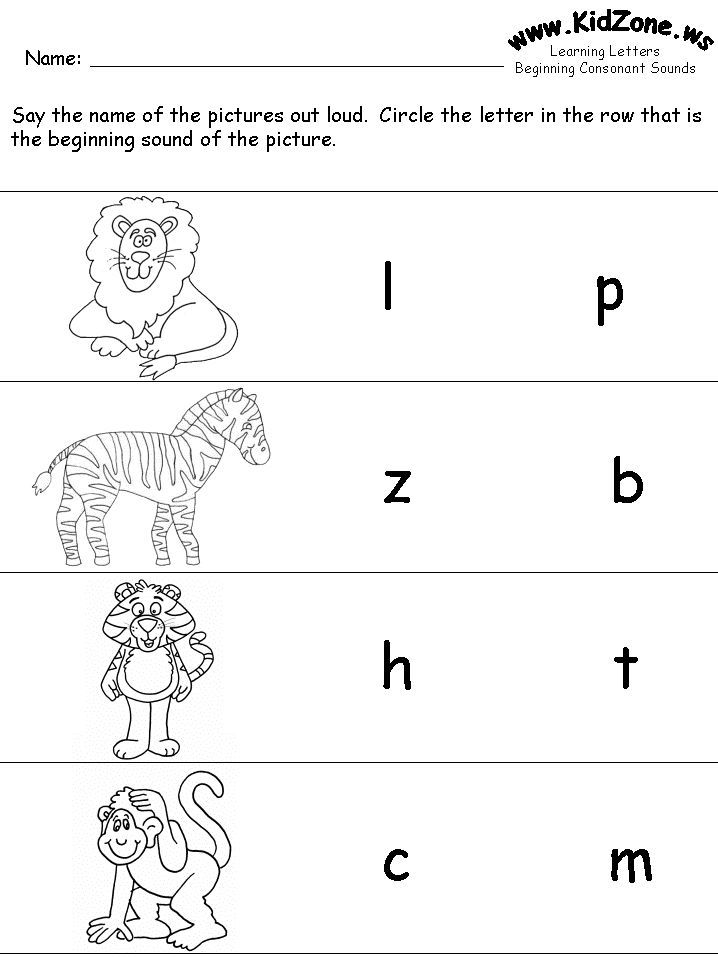
All vowels (stressed and unstressed) are marked with a red background. Iotated vowels are marked green-red: green means a soft consonant sound [y ‘], red means the vowel following it. Consonants with solid sounds are colored blue. Consonants with soft sounds are colored green. Soft and hard signs are painted in gray or not painted at all.
| Vowels0040 | |
| Consistent | Tshh zh zh zhb r k l m nm hhhh |
| b, b. | b |
- vowel, - vowel iot - hard consonant, - soft consonant, - soft or hard consonant, - does not mean a sound.
The blue-green color is not used in the schemes for phonetic analysis, since a consonant cannot be both soft and hard at the same time. The blue-green color in the table above is only used to show that the sound can be either soft or hard.
Words with the letter ё must be written through ё. Phonetic parsing of the words "everything" and "everything" will be different!
Vowel sounds and letters.
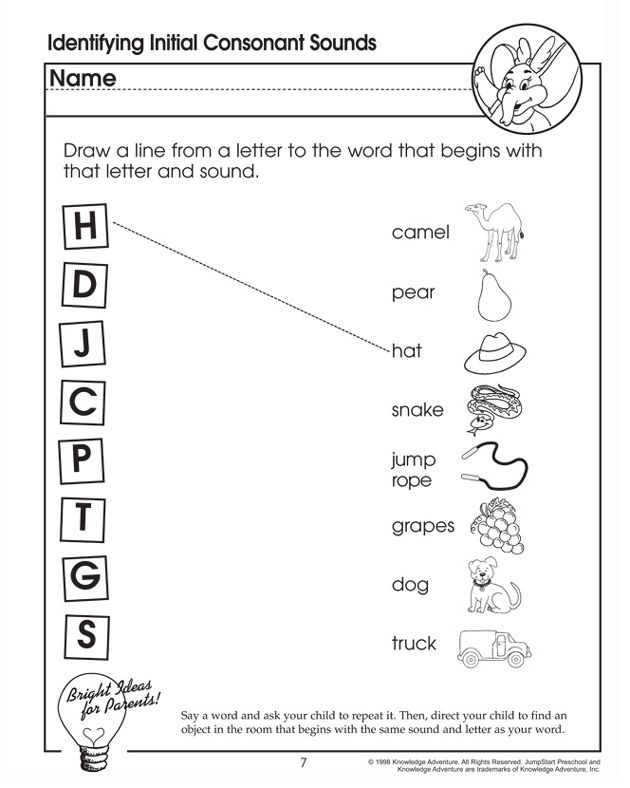 How many are there in Russian?
How many are there in Russian? We will teach you how to write without mistakes and tell stories in an interesting way
Start learning
The correct pronunciation of words is one of the components of a beautiful and literate speech. To achieve this, you will first have to study the sounds themselves. In this article, we will figure out together what vowel sounds are, how many vowels are in the alphabet of the Russian language, and what sounds they can represent.
What are vowels and sounds
Vowel sounds are those sounds that we freely convey with our voice. Hence their name comes from: voice means "voice". When pronouncing, air exits through the mouth and does not create noise, and the position of the tongue and lips determines which vowel sound we will pronounce.
There are much fewer vowels in Russian than consonants.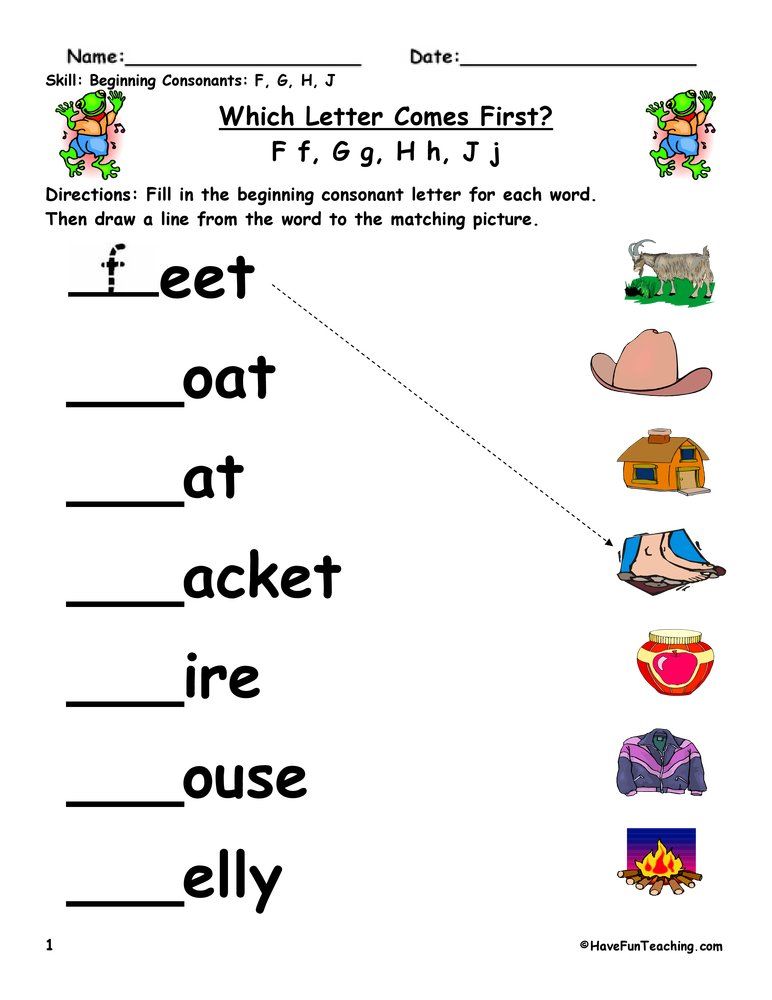 There are 6 of them in total: [a], [o], [i], [s], [y] and [e]. To understand whether a vowel sound is in front of you or not, try to sing it. For example:
There are 6 of them in total: [a], [o], [i], [s], [y] and [e]. To understand whether a vowel sound is in front of you or not, try to sing it. For example:
-
a-a-a ,
-
woo
-
s-s-s .
If it works, then the sound is a vowel. You can't do that with consonants.
There are more vowels than sounds - there are 10 of them: a, i, u, u, o, e, e, e, i, s . This difference is due to the fact that some of these letters can represent two sounds and are pronounced using a combination of a vowel and a consonant [y']. For example, in word spruce the letter e expresses two sounds - [y'] and [e]. Let's look at the table all the vowel sounds and the letters that represent them.
| Letter | Sound | Example |
|---|---|---|
| a | [a] | pharmacy |
| i | [a] [d'] + [a] | change anchor |
| at | [y] | moon |
| [y] [y'] + [y] | love skirt | |
| about | [o] [a] | horse milk |
| e | [e] [y'] + [e] [and] | victory raccoon great |
| e | [o] [d'] + [o] | rope hedgehog |
| e | [e] | evolution |
| and | [and] [s] | caviar life |
| s | [s] | choice |
Demo lesson in Russian
Take the test at the introductory lesson and find out what topics separate you from the "five" in Russian.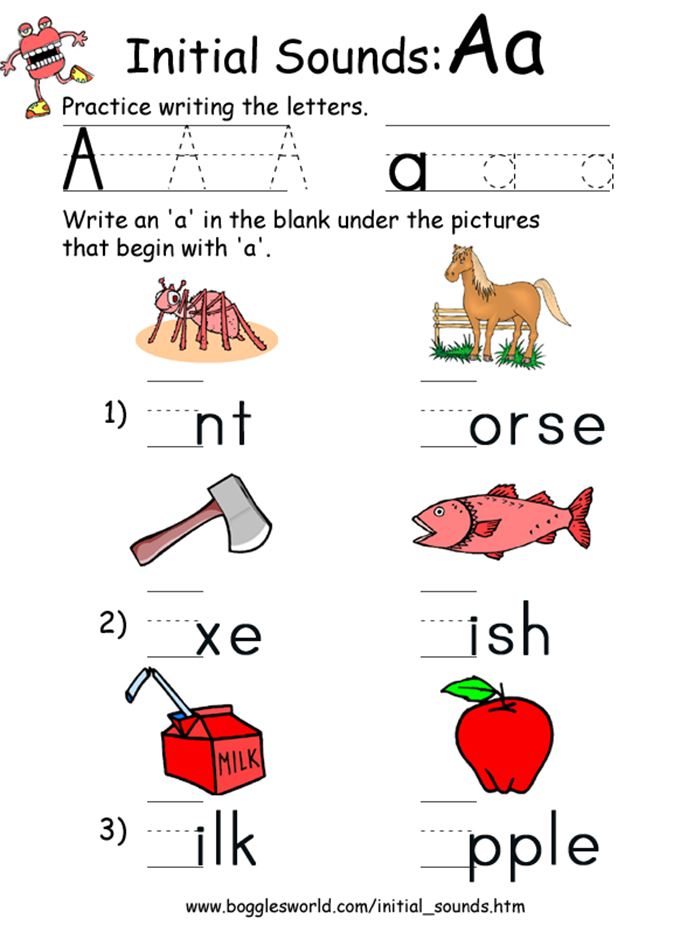
How vowel sounds are related to syllables
Vowel sounds form syllables - sound segments of words that we pronounce with one breath. One syllable can be either a vowel with one or more consonants, or a vowel alone. There is even a rule by which syllables can be counted: how many vowels in a word - so many syllables.
For example, in the word journey there are 5 vowels: [u], [i], [e], [i] and [e]. This means that it has 5 syllables: p-te-she-stvi-e .
Test yourself!
Count the number of syllables in the words: try on, tanner, well-groomed, care, prefix, capital, wet, invitation, orange .
Vowel sounds and stress
Now let's see what groups vowel sounds are divided into. Sometimes their pronunciation depends on whether the stress falls on them, that is, whether we single them out with our voice. So vowel sounds are divided into stressed and unstressed.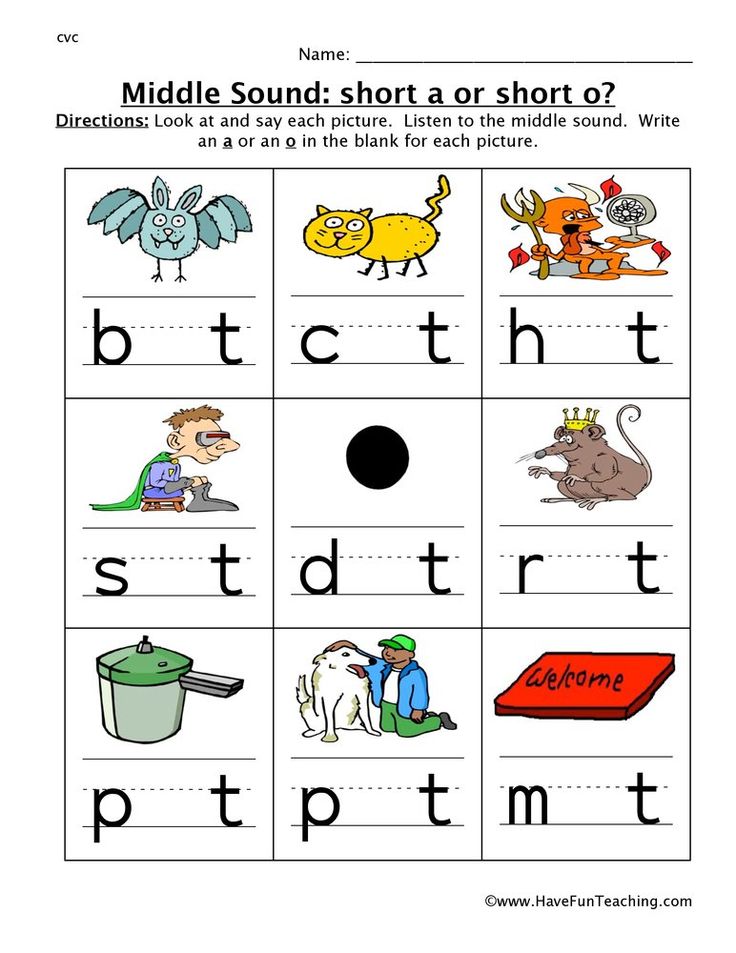 Here are some examples:
Here are some examples:
| | | |
|---|---|---|
| | | |
| | | |
| | | |
Stress in Russian can fall on any of the existing vowel sounds. However, only 4 of them can be unstressed - these are [a], [i], [y] and [s]. In this position, we pronounce sounds weaker than under stress, because of which they can change qualities and sound differently.
Interestingly, the vowels [o] and [e] can only be stressed. There are only a couple of exceptions to this rule: for example, in words cocoa and canoe sounds [o] and [e] in an unstressed position.
How unstressed vowels are related to consonants
How an unstressed vowel sounds depends on the consonant that precedes it. Or rather, from its hardness or softness. If it is a hard consonant, it can be followed by unstressed vowels [y], [a] and [s]. When we talk about a soft consonant, it is followed by unstressed vowels [y] and [and].
| | |
|---|---|
| | |
| | |
| | |
Test yourself
It's time to find out if you now understand well what vowel sounds are in Russian.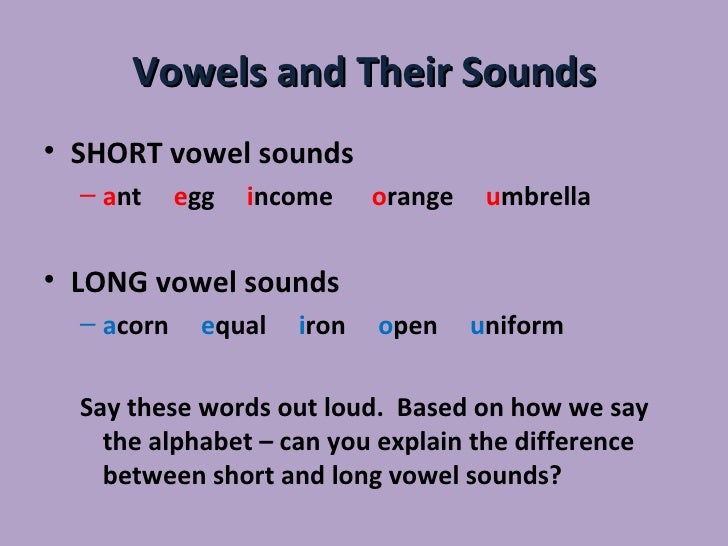 To do this, we have prepared tasks for self-examination.
To do this, we have prepared tasks for self-examination.
Task 1
List all the vowels in these words:
fair,
rejoice,
doll,
distant,
buddy,
voting,
mirror,
story,
OK,
captivate.
Task 2
Name 5 words each in which the sounds [a], [i], [y] and [s] would be in a stressed position.
Task 3
Name 5 words in which an unstressed vowel would come after a hard consonant, and 5 more words where it would follow a soft consonant.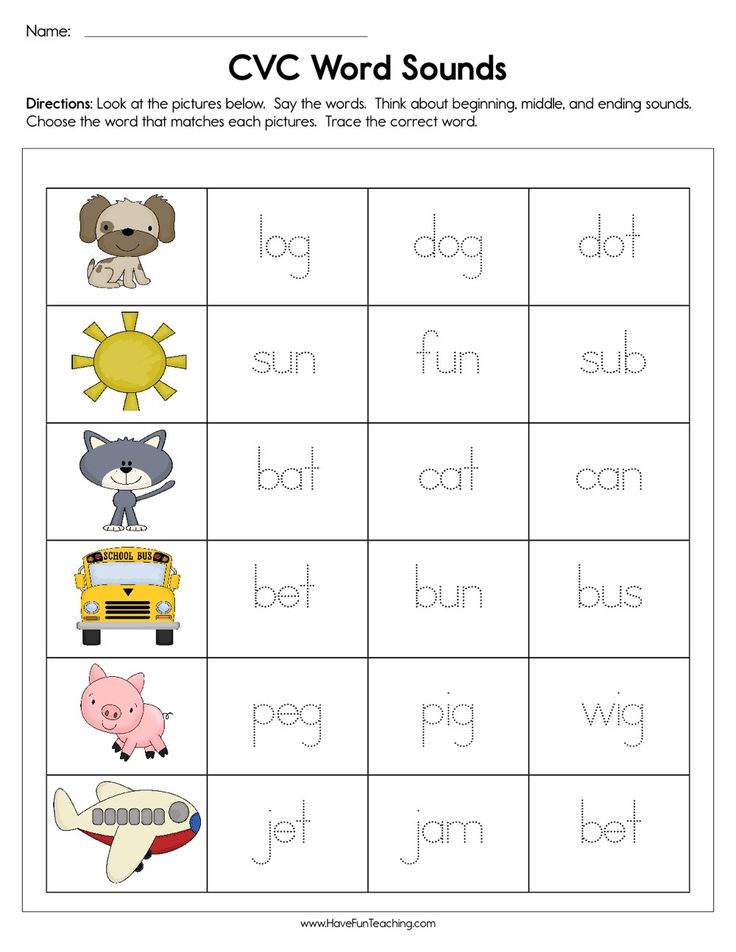
Task 4
Count the number of syllables in the words below (don't forget to use the rule you learned at the beginning of the article!):
-
weightless,
-
sunrise,
-
adventure,
-
painter,
-
perpetuate,
-
nice,
-
image,
-
category,
-
exciting,
-
melting,
-
snowflake.
The rules of phonetics help us to speak correctly, so it is important to master the topic of vowels well and avoid gaps in knowledge.